Augmented Reality vs. Virtual Reality vs. Mixed Reality: Understanding the Differences | Voler Systems
We’ve now come to the realm of “realities.” These reality modes are magical, to say the...
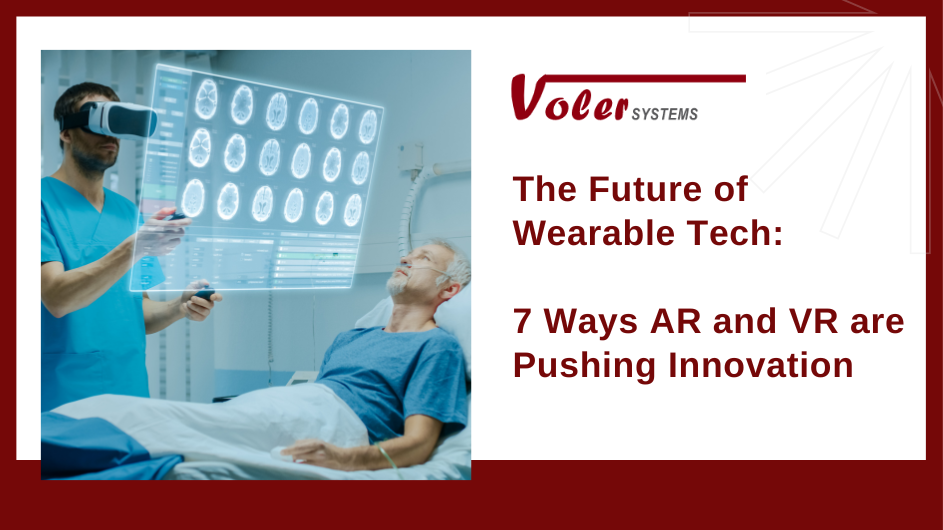
We’ve seen explosive growth in the adoption of wearables in the last few years, resulting in many big-name brands investing in new products and technologies. It's changed the consumer landscape and contributed to massive strides in healthcare, enterprise, and many other sectors.
But despite its widespread success, the world of wearables is ever-evolving. Continued innovation is pushing wearable technology further, and new developments are taking device capabilities to new heights.
The implementation of augmented reality (AR) and virtual reality (VR) is one exciting development worth following. Augmented reality integrates digital elements such as sounds, visuals, or graphics into a real-world view. Virtual reality creates an immersive or 3D experience by replacing the real-life environment with a simulated one.
AR and VR aren't as mainstream as wearables, but the technologies are getting there. The AR and VR markets are expected to grow by more than $162 billion by 2025.
Thanks to video games and mobile apps, VR and AR are slowly becoming part of our everyday lives. However, the most significant changes to come will be in wearables.
Here are several ways AR and VR technology continues to transform wearables and how we use them.
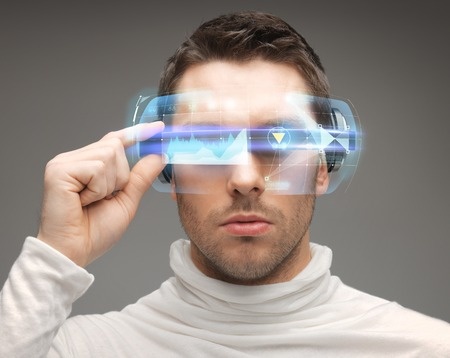
Both VR and AR are game-changers for adult learning and job-focused training. There's no better example of that than the healthcare field.
The pandemic saw a sudden surge in demand for healthcare workers. However, strict protocols made it difficult for nurses, physicians, and more to get on-site training. Luckily, VR filled that gap.
VR headsets helped healthcare providers learn how to use PPE from a first-person perspective, operate life-saving equipment, and even navigate unfamiliar care units!
Up-and-coming surgeons also benefited from VR. Trainees use the technology to watch mentors perform actual surgical procedures without being in the same room. The first-person perspective provides a more realistic approach. Meanwhile, the mentor's wearable device technology allows for real-time communication and guidance.
Other industries can take advantage of the technology, too. Training programs are beginning to implement VR to develop soft skills. The virtual environment simulates experiences, giving trainees a chance to navigate complex challenges without real-world implications.
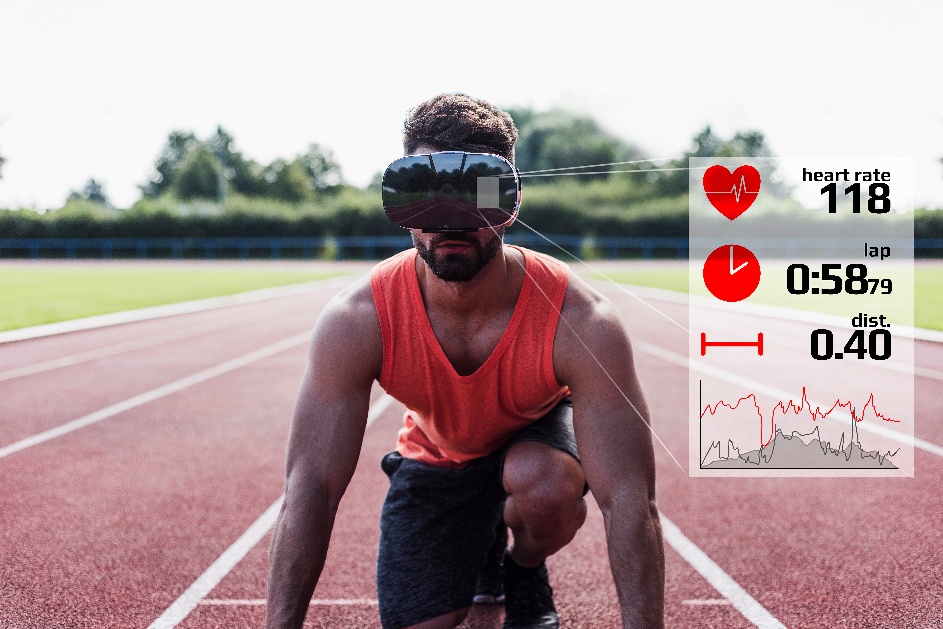
Wearable technology in the physical fitness space is nothing new. However, the introduction of AR and VR is making it easier than ever for people to get healthy.
Fitness trackers are getting more powerful, gathering many data points to give you better insight into your health and physical capabilities. Adding AR or VR into the mix only improves accessibility.
Augmented reality glasses can put performance data in front of you without blocking your view of the surroundings. The technology can also help you visualize exercises, ensuring that your body is in the proper form.
VR can gamify the experience. Connect wearables with motion-sensing technology, and working out turns into something people want to do.
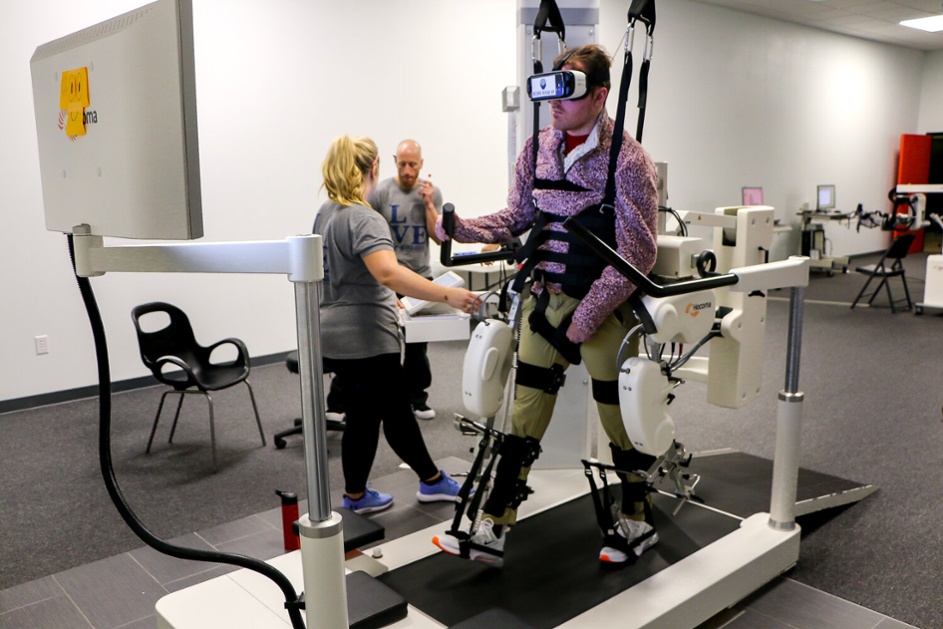
AR and VR are proving to be valuable tools in rehabilitation clinics. Rehabilitation techniques vary widely depending on the issue patients are trying to overcome. But many therapists are finding that VR and AR improve overall efficiency and speed up recovery.
The technology creates engaging and challenging exercises that help patients focus on recovery. They learn how to respond and adjust in the virtual space, paving the way for improvements in the real world.
Many studies show that VR and AR help improve those rehabilitating motor skills, balance, and other medical issues.
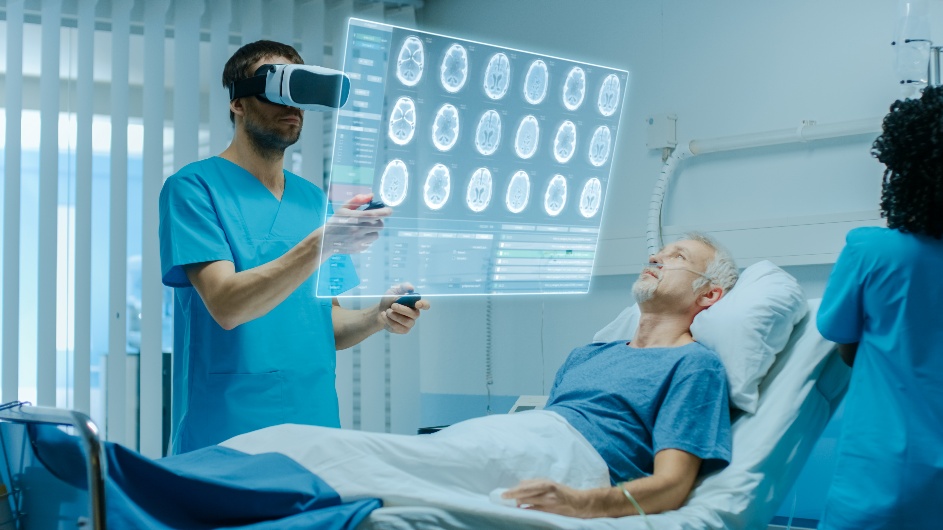
Not only are healthcare professionals using AR and VR to train, but many take advantage of the technology to overcome immense challenges. Take, for example, complex surgeries.
In many cases, the success of surgical procedures lies in careful planning and detailed imagining. But standard CT scans can only provide so much information. The innovative technologies in AR and VR give surgeons a more in-depth look at patient anatomy.
Scans can turn into 3D models that surgeons use to get into the problem area without making a single incision. Using VR, they can get up close and personal to simulate the procedure and strategize a course of action. Then, AR can provide image overlays to guide surgeons as they work.
There are many examples of the technology assisting in healthcare imaging. From figuring out the complex anatomy of conjoined twins to understanding the effects of tumors in precarious locations, the possibilities in healthcare are endless.
The idea of performing remote surgery seems like something straight out of science fiction. But thanks to VR wearables, it's a current reality!
Telesurgery is far from being a widespread practice. However, it's already occurred successfully many times. The first telerobotic surgery happened in 2001. Now that VR technology is readily available, it's poised to become more prevalent in the coming years.
The concept is simple: Advanced robotics handle physical surgery. However, VR headsets put real surgeons at the helm. Using other wearable devices, they can control the robots to perform the surgery anywhere. Thanks to the reliability of the 5G connection and high-speed internet, issues like latency and lost data are becoming less problematic.
The technology could democratize surgery worldwide, changing the face of healthcare forever.

When it comes to the revolutionary nature of AR and VR, the impacts on healthcare are often the first thing that comes to mind. However, so many other industries can utilize it. Both technologies have the power to usher in a new era of design visualization.
The standard way to view project plans is through a flat image or 3D renderings. But with VR and AR, you can view details as if the finished product were right in front of you.
VR goggles are perfect for viewing an object from every angle. Meanwhile, AR technology can put a digital recreation amidst a real-world backdrop. This technology's potential can improve product development, construction, and more.
The power to visualize projects in a three-dimensional space can speed up decision-making, eliminate confusion, reduce wasted costs, and shorten the design process.
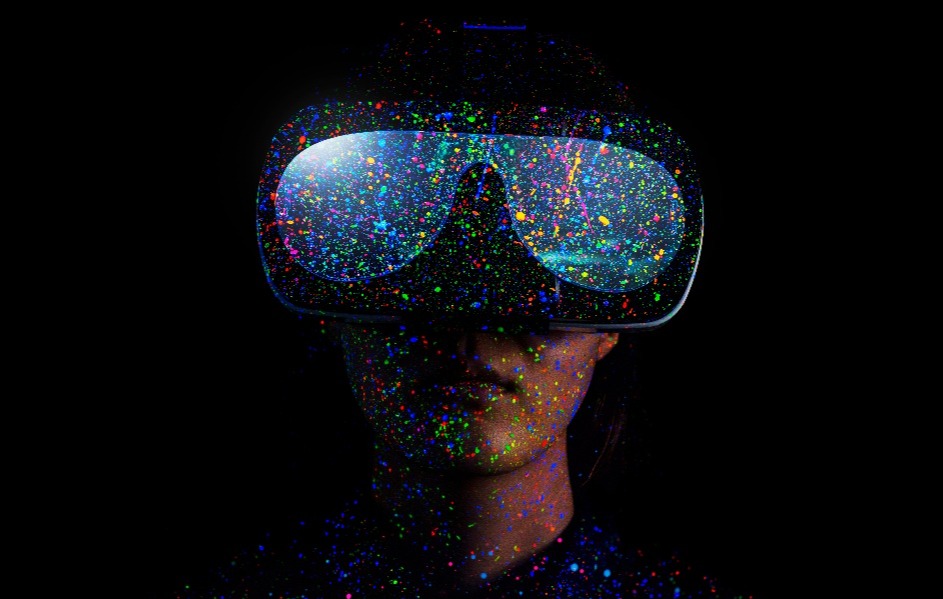
AR and VR technology adds a new dimension to the world of education. You're no longer limited to static images or watching videos. Now, you can harness the power of advanced sensors and image processors to create simulated realities that support the concepts you're learning.
While the most apparent benefits come to those in a classroom, the technology applies to many industries and settings. Let's say that you're an electrician working on an unfamiliar system. With AR-powered glasses and the necessary 3D content, someone with more experience could walk you through the process and provide overlays to help you understand the various components you're repairing. In this case, the technology saves time, improves safety, and accomplishes your objectives efficiently.
That's just one example. Imagine what the technology can do in military applications, aeronautics, and other challenging fields.
The demand for AR and VR glasses is high. However, to take advantage of this technology, or AR and VR technology in general, the necessary content must be available.
Medical applications require CT scan, X-ray, ultrasound, and other technologies to get the 3D content to make AR and VR useful. Collecting this data is expensive, but the expense can be justified for medical applications.
In the example of an electrician working on an unfamiliar system, there is usually no 3D source information to make this possible. Many other maintenance applications have the same barrier. The cost of developing or acquiring this content often makes AR or VR glasses prohibitive in these situations.
Tours of famous places by AR will happen in the future, but someone needs to capture and create 3D images of each location. As developers overcome the challenge of content availability, AR and VR glasses and other wearables will become more accessible.
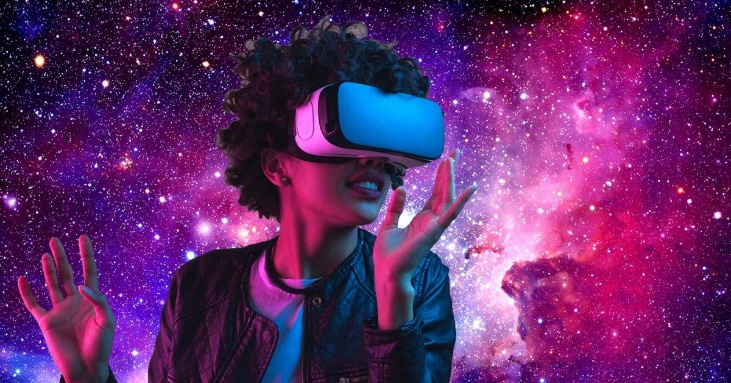
Wearable devices already have so much potential to change our daily lives for the better. Innovative uses of AR and VR take things up a notch, benefiting everything from personal fitness to professional training. Things will only get better as AR and VR become more accessible in the coming future.
Voler Systems has decades of experience in wearable technology and extensive knowledge in designing electronics for AR and VR. Let us turn your AR or VR-tech-driven wearable idea into reality—on time and on budget.
